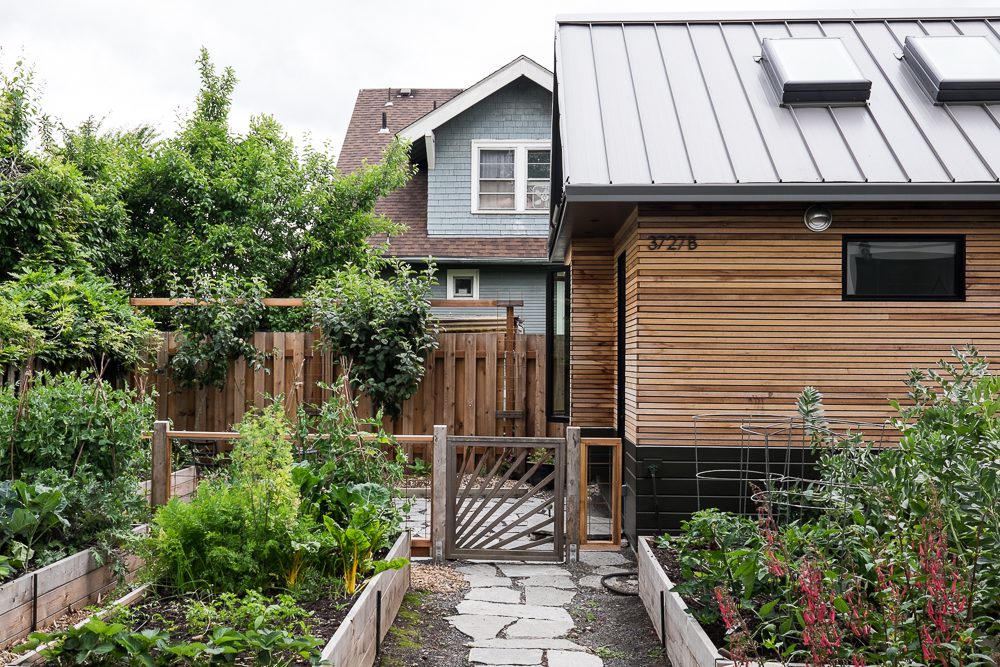
The Rise of Accessory Dwelling Units: A Solution to Housing Shortages?
In cities across the globe, the challenge of providing affordable housing grows more daunting by the year. As urban populations swell, the need for innovative solutions becomes clear. Enter the concept of Accessory Dwelling Units (ADUs), which have gained significant attention as a potential answer to housing shortages. But what exactly are ADUs, and can they truly make a dent in this pressing issue?
Understanding Accessory Dwelling Units
ADUs are small, self-contained homes that can be situated on the same grounds as a larger, primary residence. Often referred to as granny flats, in-law suites, or backyard cottages, these structures can be detached or attached to the existing home, providing flexible living space. Homeowners might use an ADU for a family member, rent it out for additional income, or even offer it as affordable housing within a high-cost area.
The basics of an ADU are simple: a bedroom, a bathroom, a kitchen, and a living area, all designed to be compact but comfortable. Some are converted garages, basements, or even attics, while others are built from scratch. Their sizes and shapes vary, but most are made to blend seamlessly with their surroundings, maximizing the use of space without changing the neighborhood’s character.
The Promise of ADUs
ADUs come with a host of potential benefits. For homeowners, they can act as an additional source of revenue, helping to pay the mortgage or fund retirement. They also provide an option for multigenerational living, where families can stay close while still enjoying privacy.
For cities, the rise of ADUs represents a chance to increase the housing stock without the need for large-scale development projects. They make use of existing land and infrastructure, making them a sustainable approach to urban growth. ADUs also offer a softer touch in preserving the feel of a neighborhood, providing a contrast to high-rise apartments and sprawling housing developments.
Regarding affordability, ADUs can be a lower-cost option for renters. Their smaller size and the fact that they leverage existing property means they can often be rented out at more modest prices, providing much-needed affordable housing options, especially in notoriously expensive markets.
Barriers to ADU Expansion
While they present a promising solution, ADUs face several hurdles. Regulatory challenges, for instance, are a significant barrier. Zoning laws and building codes can limit the size, location, and number of ADUs that can be constructed within a community. Often, these laws were put in place long before ADUs were considered a viable housing option, leading to a disconnect between current needs and outdated regulations.
Furthermore, there are financial obstacles. Building an ADU from scratch is not cheap, and homeowners might need loans or other financial assistance to make it happen. There is also the issue of property taxes, which can rise when an ADU is added to a property, possibly deterring some potential builders.
Neighborhood opposition is another hurdle. Some communities resist the introduction of ADUs, fearing they will increase traffic, strain local resources, or alter the neighborhood’s look and feel. These concerns need to be addressed and balanced against the broader need for affordable housing solutions.
ADUs in Action
Despite these barriers, ADUs are making headway in various regions. Cities like Los Angeles, Portland, and Seattle have taken steps to ease restrictions and provide incentives for homeowners to build ADUs. In some cases, pre-approved designs and streamlined permit processes make it easier and faster for construction to begin.
In California, a state with a severe housing crisis, legislation has been enacted to promote the development of ADUs. These laws reduce parking requirements, remove impact fees for smaller ADUs, and even allow multiple ADUs on a single property in some cases. With these changes, California has seen a spike in ADU applications, signaling that homeowners are ready to be part of the solution.
Looking Ahead: The Potential of ADUs in Solving Housing Shortages
The expansion of ADUs isn’t a one-size-fits-all answer to housing shortages, but it’s a piece of the puzzle. As urban areas seek to navigate the complexities of growth, affordability, and sustainability, ADUs offer an adaptable, community-oriented solution.
For ADUs to reach their full potential, collaboration is key. Municipal governments, housing advocates, and communities must work together to create an environment where ADUs can thrive. This means revising outdated regulations, easing the financial burden on homeowners, and ensuring that neighborhoods understand the role ADUs can play in alleviating housing stress.
Success stories from cities that have embraced ADUs could serve as blueprints for others facing similar challenges. It’s about shared learning, innovation, and maintaining the focus on creating inclusive communities where housing is accessible to all.
As we look to the horizon, the future of housing demands creativity and resourcefulness. ADUs aren’t the standalone fix for housing shortages, but as part of a broader strategy, they hold the promise of a more affordable and sustainable urban landscape. It’s clear that the rise of Accessory Dwelling Units deserves attention, not just as a trend, but as a vital component in the quest to ensure everyone can find a place to call home.